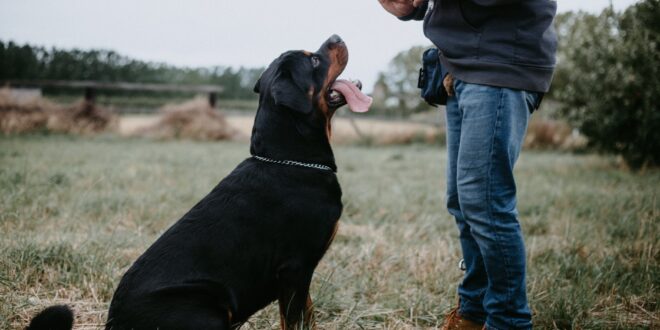Having a pet in your household is always a good thing. Not only will you get a friend for life, someone who is always going to cheerfully welcome you when you get home, but numerous scientific studies have proven that dogs can be great for your child’s development. Plus, is there a person whose heart won’t melt just at the sight of a small puppy?
Still, there is one important thing that you have to do as soon as you bring the dog home – you have to start the training process. The last thing that you want is a spoiled animal running around the house, destroying everything that comes their way. Multiple techniques are used, but the treat reward one is, by far, the most popular. Due to this reason, in this article, we are going to give you some tips on how to properly use food to train your pet.
Is it bribery or reinforcement?
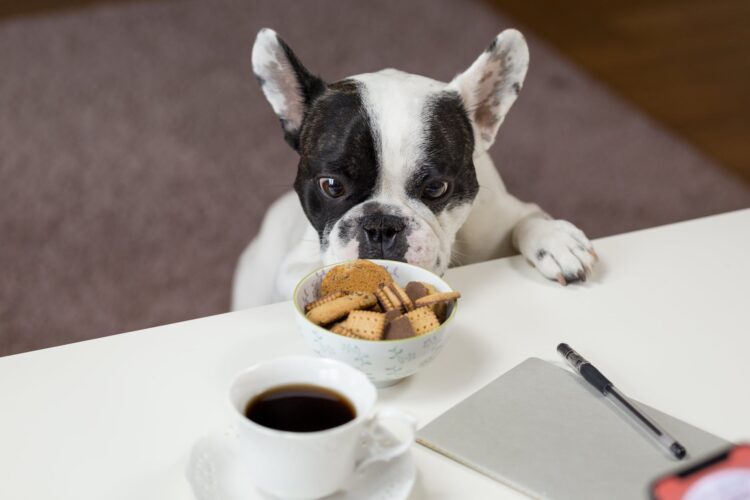
This is the most common question that people have. How can you make a difference between the two of these and make the whole training process more efficient? Let us explain to you.
Basically, the main difference between these two terms is the reason why you are giving your dog a treat, and when you are giving it to them. For example, if you have placed an order and your dog refused to perform it, you might find yourself giving them your favorite food as a way to make them listen to you. Obviously, this way you are trying to bribe your dog, and this is not a constructive technique.
On the other hand, if your dog performed some behavior and then you give them a treat, you will be rewarding them, and therefore, reinforcing that behavior. You have to understand that dogs don’t do things to make you happy, but instead, they do them because they know that they are going to be rewarded in some way.
How to find the perfect treat?
The next thing that you should figure out is the kind of food that you should use. There are a few guidelines that you should follow. First of all, it has to be something small and easily chewed. Don’t think of the treats as a meal for your pet, but instead, think of them as a snack. Due to this reason, it should be something soft and something that can be eaten quickly. If you were to give the dog a large piece of food, they would have to stop in order to eat the whole thing. This is something that you want to avoid since it is only going to slow you down.
Furthermore, it has to be tasty. You won’t be able to use a treat as a reward if your dog doesn’t like it. If this is the case, they won’t have any motivation to complete your orders, right? There are multiple types of dog food on the market, with different flavors, of course, so you should try a few of them until you understand what your dog likes. If you don’t know where to begin the search for the perfect food, you can visit Editored where you will find the list of best dog foods on the market.
Start while the dog is young
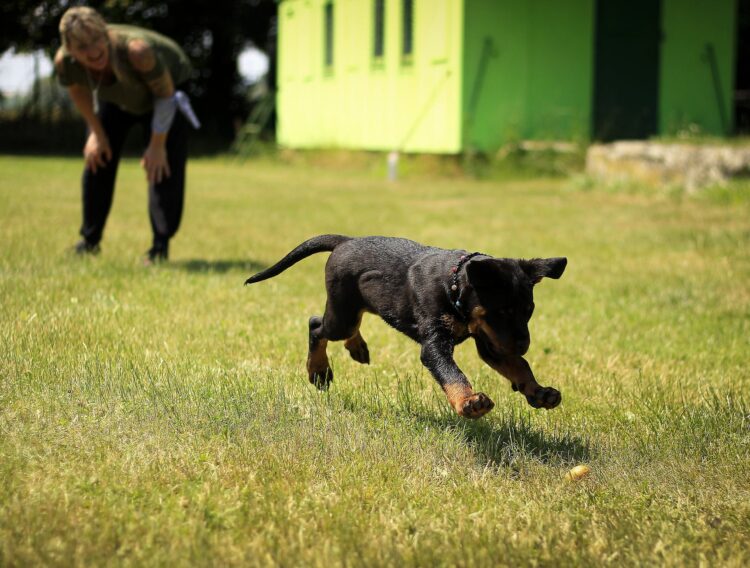
When you get a new puppy, it will take some time to build a trusting relationship between the two of you, plus, a young dog won’t be satisfied with a pat or praise as a reward. This is the main reason why you should start using treats from the moment you bring the dog home.
Lure the dog
Without a doubt, this is the most effective technique to use in those initial stages of training. Take a snack and hold it in front of the pet’s nose so that they can smell it and understand that it is there. Next, you should pull away and lower your hand to the floor while issuing the command ‘down’. The dog will follow the treat, and once they lay down, you can give them the treat, and don’t forget to praise them.
Once you have done this a few times, the dog will understand how it works, and when this happens, you should eliminate the lure part. Soon it will be enough for you to say the command and the pet will obey. If you were to continue luring it with a snack or even giving it to the dog before they obey your order, you would fall into that ‘bribery’ trap.
Be careful with the number of treats
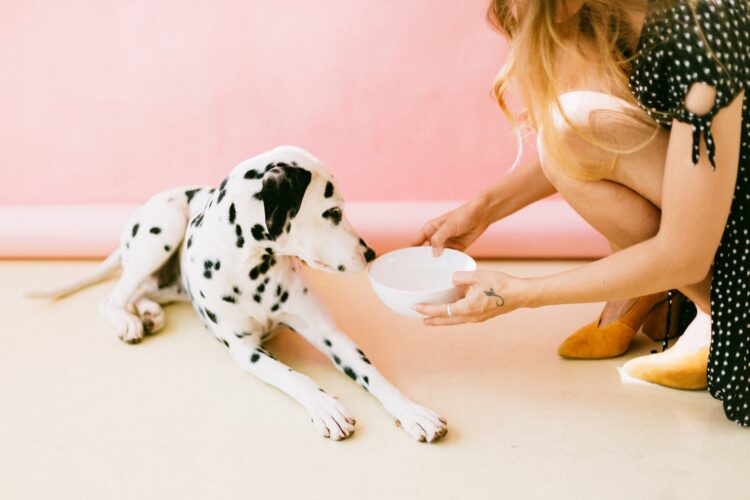
You would be surprised to learn how easy it is to exaggerate with the rewards. There are two reasons why you should be cautious about this. Firstly, if you give them too many treats, they will get accustomed to getting them, and soon they will lose interest in them, which means that they can become ineffective very quickly.
Secondly, you don’t want your dog to put on some extra pounds. It can seriously endanger their health, which is another reason why those treats should be tiny. As a general rule, they shouldn’t exceed 10% of the dog’s food intake per day.
Slowly eliminate treat rewards
Yes, you should use this technique at the beginning of the training process, but at the same time, you have to phase it out slowly after some time. Why? Well, you don’t want a dog that is only going to listen to you if there is something in it for them.
It is something that should be done the minute you notice that the pet has got the hand of the training. Naturally, we aren’t saying that you should suddenly completely eliminate treats. You should continue giving it to them, but less frequently and randomly.
Use other types of rewards
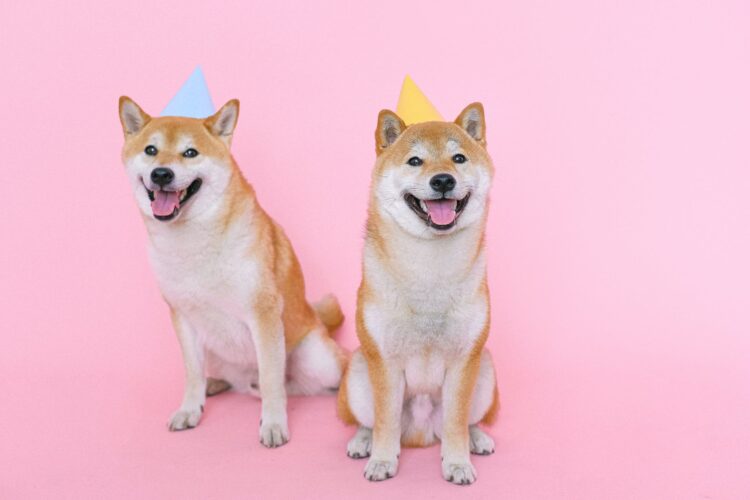
Once you start phasing out the food, you should include other rewards. It should be something that is going to help your dog grow and develop, and at the same, something that will strengthen your bond. For example, you can reward them by playing tug-of-war, or simply, by petting them, whatever your pet loves.
 Hi Boox Popular Magazine 2025
Hi Boox Popular Magazine 2025
